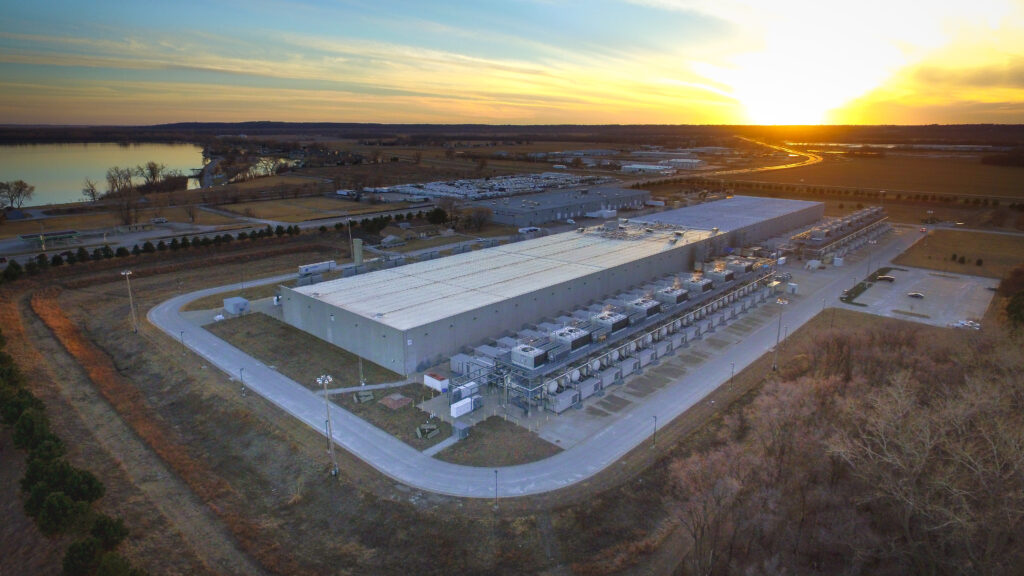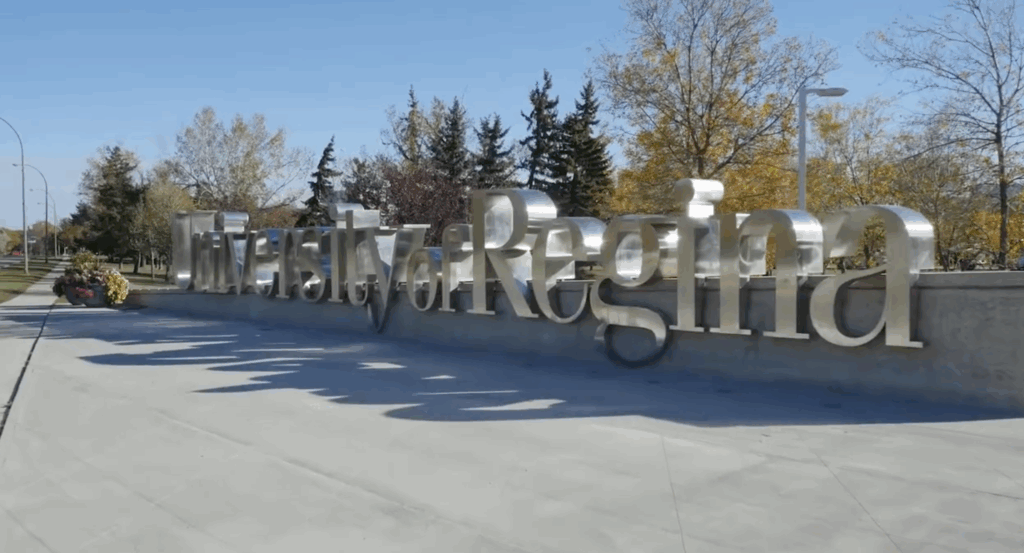The electric utility sector is largely lagging when it comes to responding to the climate emergency, both in terms of rapidly slashing globe-warming emissions and planning for climate impacts like increasingly extreme weather.
This is according to two reports released last week on electric utilities and climate. One assessment by fossil fuel watchdog group, the Energy and Policy Institute (EPI), finds that many electric utilities are on a slow track to decarbonizing the electricity sector over the next decade and are still prioritizing fossil fuels over renewable energy. Another report published jointly by the Environmental Defense Fund and the Sabin Center for Climate Change Law at Columbia University argues that electric utilities have a legal obligation to be planning for climate-related risks but finds that few utilities are doing this high-quality planning.
There are some exceptions, however, where utility companies are on a path to drastically reducing their carbon emissions by investing more in renewable energy and abandoning coal power, for example, and some are starting to engage in assessing their vulnerability to climate impacts such as more intense heatwaves, wildfires, and storms. But overall the sector has a long way to go in fully addressing the climate crisis from both a mitigation and adaption standpoint.
“Despite the fact that many large U.S. utilities have now set climate goals, the country’s largest polluting utilities are stalling on decarbonization,” David Pomerantz, executive director of Energy and Policy Institute, told DeSmog.
Romany Webb, a senior fellow at the Sabin Center and co-author of its recent report, said the practice of identifying climate risks and planning for disruptive impacts — called climate resiliency planning — is not yet commonplace in the industry.
“We haven’t seen widespread climate resilience planning in the utility sector,” she said. “Certainly there have been examples of it, not as many as we would like, and the planning that has happened has been of varying quality.”
Not on Track to Meet Biden’s Target
According to EPI’s recent analysis of major electric utilities’ decarbonization pathways, utilities currently are not on track to eliminate carbon emissions from the electric power sector by 2035 — a proposed target set forth by President-elect Joe Biden as part of his plan to fight climate change.
Biden’s plan to create a clean energy economy specifically calls for moving “ambitiously to generate clean, American-made electricity to achieve a carbon pollution-free power sector by 2035.”
Achieving this goal requires the providers of electric power — utility companies — to pivot quickly away from sourcing fossil fuels and towards using zero-carbon, renewable energy like solar, wind, and hydropower as their main electricity supply. Researchers have shown that transitioning to a nearly carbon-free power grid before 2040 is technically and economically feasible.
Yet, many electric utility companies, and particularly the largest companies that tend to have significant holdings in fossil fuels, are not prepared to make this transition in the timeframe that clean energy advocates, backed by climate science, demand. According to the U.S. Energy Information Administration, in 2019 about 63 percent of utility-scale electric generation came from fossil fuels, while about 20 percent came from nuclear energy and roughly 18 percent from renewable sources.
NEW: Utilities have committed to a flurry of net-zero carbon goals. But which are actually decarbonizing quickly and which are stalling? Are any on pace to meet President-elect Biden’s goal of zero-carbon electricity by 2035?
We dug in! Thread…https://t.co/Mk6L86b4vi
— Energy & Policy Inst (@EnergyandPolicy) December 2, 2020
“The long-term goals set by utilities may sound good, but over the course of the crucial next decade, from now to 2030, many of the biggest utilities have set decarbonization trajectories that are far too slow to meet key climate goals, including the goals set by the incoming Biden administration,” EPI’s Pomerantz said. International scientists have warned that the next decade must see rapid decarbonization in order to help avoid the most catastrophic impacts of climate change.
As the EPI report argues, “The actions that electric utilities take over the next decade are critically important,” and delaying steep emission cuts until after 2030 will have real consequences in terms of worsening the climate crisis. The report argues it is not good enough for utilities to simply set a target of reaching net-zero emissions by 2050. Duke Energy and Southern Company, for example, have commitments to reach net-zero emissions by 2050, as well as interim targets to reduce emissions 50 percent by 2030, but neither company has firmly committed to stop burning coal, and gas remains a key piece of their energy portfolios through mid-century.
“Duke [Energy], Southern [Company], and AEP [American Electric Power] are all utilities that have set happy-sounding climate goals for 2050, at which point all the people currently in leadership at the companies will have long since retired. We think their plans for the next decade are far more revealing,” Pomerantz said. “Over that period, those three large polluters are not retiring coal plants that are uneconomic public health disasters, are building new gas plants that will lock in decades of climate pollution, and are planning decarbonization rates that would leave all of the hard work for later, after they’ve spewed far more carbon into the atmosphere than is necessary.”
The EPI report examined 22 investor-owned utility companies plus two large independent power producers (NRG and Vistra) and the Tennessee Valley Authority. While many of the companies assessed did not align with Biden’s target of carbon-free power by 2035, a few do actually have more ambitious plans to slash emissions. The Northern Indiana Public Service Co. (NIPSCO), for example, plans to reduce its carbon emissions by over 90 percent (from 2005 levels) by 2028.
“Companies like NIPSCO are decarbonizing rapidly over the next decade by retiring coal, foregoing new gas, and scaling up clean energy quickly,” Pomerantz said. “NIPSCO also says its pathway is the lowest cost to customers.”
Duke Energy, AEP Defend Their Climate Commitments
DeSmog reached out to the three big utility corporations that the EPI analysis calls out as examples of laggards in rapid decarbonization. Southern Company did not immediately respond, but spokespeople for Duke Energy and American Electric Power issued statements describing the companies’ commitments and initiatives to reduce emissions.
“As one of our nation’s largest energy providers, Duke Energy is committed to taking a leadership role in addressing the serious issue of climate change. Building on our significant progress of reducing CO2 emissions by 39 percent below 2005 levels, we are committed to an ambitious climate strategy which includes goals of reaching net-zero methane emissions in our natural gas business by 2030 and net-zero carbon emissions from electric generation by 2050,” Philip Sgro, Federal Affairs & Policy Communications for Duke Energy, said via email.
“Partnering with our customers, the public and private sectors and other stakeholders, our goals will be made a reality through significant investments in renewable energy and storage and critical infrastructure — as well as by developing next generation clean energy technologies,” he added.
AEP responded with a similar message.
“AEP is committed to a low-to no-carbon energy future and is focused on diversifying our resource portfolio, deploying technologies to reduce emissions, and modernizing the grid to help us get there. AEP has cut carbon dioxide emissions by 65 percent from 2000 levels and plans to achieve a 70 percent reduction by 2030 and 80 percent by 2050,” Tammy Ridout, Media Relations & Policy Communications Manager for AEP, said in an email. “Technological advances, including energy storage and grid enhancements, will determine how quickly AEP can achieve zero emissions while continuing to provide reliable, affordable power for customers,” she added.
Ridout said by 2030, AEP expects its fuel mix will include 39 percent renewables, 26 percent natural gas, and 24 percent coal.
“We are engaged in a comprehensive climate scenario analysis looking at risks and the social and economic aspects of the transition to cleaner energy,” she said.
Planning for Climate Risks and Resilience
In addition to continuing to help fuel the climate crisis, electric utilities are increasingly vulnerable to physical climate risks and climate-related disruptions such as intensifying heat waves, monstrous wildfires, and disastrous storms. Utility infrastructure is already threatened by extreme weather events, and these challenges will worsen due to the climate crisis.
A new report published December 3 by Environmental Defense Fund and the Sabin Center for Climate Change Law details how electric utilities must do what is called climate resiliency planning to prepare for physical climate impacts. Taking adaptive measures may involve redesigning equipment like electrical transformers to operate under more extreme climate conditions, or not planning to build new infrastructure like electric substations in floodplains, for example. Failing to adapt means utilities are potentially threatening public health and safety and increasing costs for customers, since power outages can be dangerous and replacing damaged equipment is costly.
Planning for foreseeable climate impacts is not only good practice, but also a requirement under state public utility law and tort law, the report contends.
Under public utility law, electric utilities have a legal obligation called a “duty to serve,” which entails providing reliable service and taking all necessary measures to minimize outages and service disruptions. Given that changing weather patterns and climatic conditions are a known risk, utilities have a legal duty to take climate impacts into account and to plan to adapt their infrastructure in order to reduce service disruptions.
“We argue that electric utilities can only meet their obligations under public utility law if they acknowledge climate impacts and institute effective processes to plan for them,” report authors Romany Webb of the Sabin Center and Michael Panfil and Sarah Ladin of Environmental Defense Fund write in a blog post.
Electric utilities are extremely vulnerable to the impacts of climate change. We have seen this time and time again. Not only does resilience planning make logical sense for companies, but they have a legal obligation to do so. @EnvDefenseFund
Read more: https://t.co/Lh4HsZrWX7 pic.twitter.com/6HMcd1O3fd
— Sabin Center (@ColumbiaClimate) December 9, 2020
According to the report, failing to effectively plan for climate-related risks also exposes electric utilities to potential liability under tort law, which involves an injury or harm stemming from wrongful conduct. The report describes a new type of legal claim in this vein called a “climate resilience claim” whereby “an electric utility fails to adequately engage in long-term planning to prepare for reasonably foreseeable climate impacts to utility assets and/or operations, resulting in personal injury or property damage.” Pacific Gas & Electric faced billions of dollars in liability costs stemming from the utility’s equipment sparking devasting California wildfires, for example.
Climate resiliency planning, as the report explains, involves two stages: First, undertaking a climate vulnerability assessment, which evaluates utility assets at risk, for example, and second, issuing a resiliency plan outlining measures to reduce risks to those vulnerable assets.
The report argues that this process is “well known” and that data and tools like computerized modeling are already available to utilities in most cases. Yet despite this, only a few utilities are actually doing this high-level climate resiliency planning.
“It’s a two-step process and most utilities are not even thinking about the first step, let alone having taken that step and then moving onto the second step,” Webb told DeSmog.
One likely explanation, she said, is that this kind of planning is a new process that electric utilities are not used to, and some utilities think that forward-looking climate projections are too speculative. “There is a perception in the utility business that climate projections are unreliable,” she said.
This kind of outdated thinking puts utilities in a more vulnerable position. “We’re talking about longstanding legal obligations that just really take on new meaning in requiring utilities to factor climate risk into their planning and decision-making,” Webb said. “And if they don’t do that, they’re not only at risk of breaching these legal obligations, but they could have real difficulty in continuing to provide service reliably and at reasonable prices.”
Main image: Overhead power lines in Illinois, Oct. 28, 2012. Credit: Michael Kappel, CC BY–NC 2.0
Subscribe to our newsletter
Stay up to date with DeSmog news and alerts






